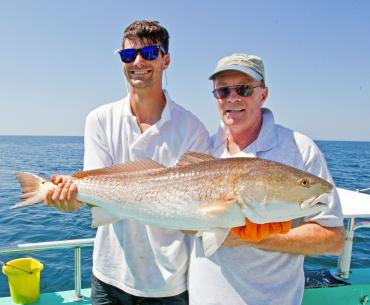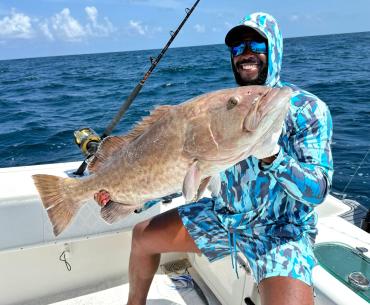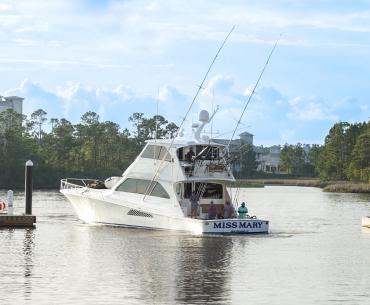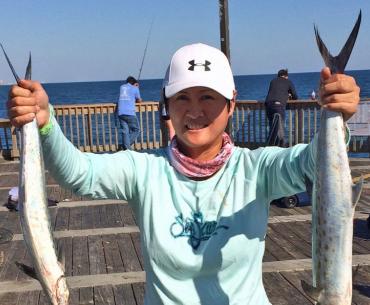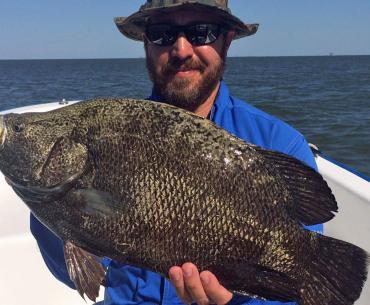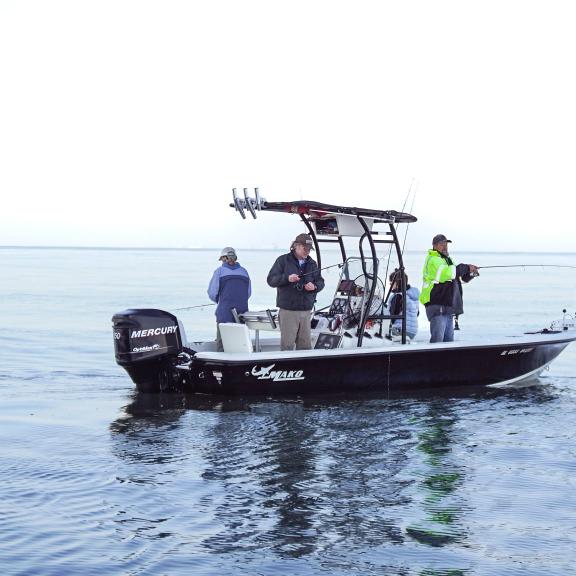
Now that the epic snowstorm along the Alabama Gulf Coast is history, anglers can focus on fishing again, and sheepshead fishing will be the topic of conservation for the next two months.
Sheepshead are voracious feeders during the late winter and early spring as they feed to prepare for spawning activity in the nearshore waters of the Gulf. Sheepshead will be found around inshore structures and feed on barnacles and any other crustaceans they can find.
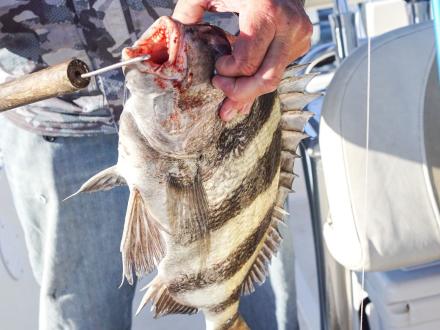
Sheepshead have some serious front teeth, which makes their mouths resemble a barnyard animal. Those teeth are needed to chisel barnacles off structures and to crack the shells of crabs and other crustaceans. Rock and concrete jetties and pilings are the first places I try when I head out to catch sheepshead, but I also visit the petroleum platforms just off the coastline, as well as bridges and oyster reefs.
The top baits for sheepshead are live shrimp and fiddler crabs, which the fish can’t resist. Call the bait shops on Alabama's Beaches and check to see if they have live shrimp and fiddlers in stock.
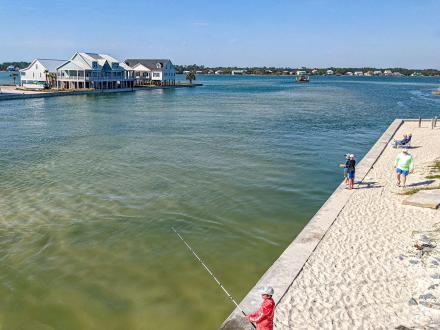
If you can’t find live bait, fresh dead shrimp will work. Once, I went out in search of speckled trout but ended up with a haul of sheepshead. I had some fresh dead shrimp in the boat, and put a hunk on a small hook before tossing it into the jetties at the Grand Hotel. I got a bite and reeled in a nice sheepshead. Within 30 minutes, I had a mess of fish, so I went home and fried them up for the family.
Sheepshead are notorious bait stealers, so you have to be paying attention and set the hook on the first nibble. If you’re in a good spot and don’t get a bite within a couple of minutes, you have probably been robbed.
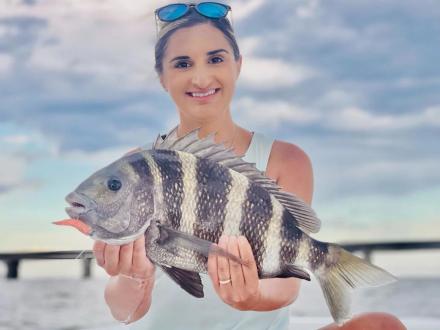
Sheepshead hang out in areas covered in razor-sharp barnacles, so you’ll need to have the tackle to deal with that. Always carry plenty of sinkers, leaders and hooks. It’s not if you are going to lose some tackle - it’s when. As with most species, the lighter your fishing line is, the better. However, you will likely have to put pressure on the fish to get them away from the structure. You can try the 10- or 12-pound line, but go to the 15-pound test if you keep getting cut off. Fluorocarbon line has better abrasion resistance than monofilament, but fluorocarbon can get a little stiff if you go up too much in line size.
Make sure you use 2x or stronger hooks because that tough mouth can straighten lighter hooks. I use hook sizes of No. 2 to 1/0 sizes, and I like 7-foot rods with a good backbone to be able to get the fish away from the structure.
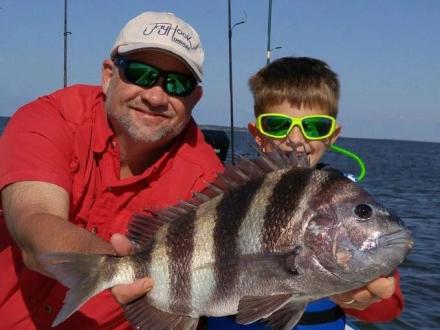
The only drawback in catching sheepshead is you have to catch a fairly large fish for it to yield some decent fillets. Although Alabama’s sheepshead size limit is 12 inches in total length, I recommend keeping only those fish that are 16 inches or larger. The daily bag limit is currently eight fish.
It’s hard to beat fried fish, and sheepshead filets dredged in fish fry mix and dropped in 350-degree peanut oil are delicious. If you want to try something different, you can make faux West Indies salad by boiling the sheepshead with a little crab boil. Take the fillets out of the water and let them cool. Take a fork and shred the meat into flakes that resemble lump crab meat. Chop onions and red bell peppers and add to the fish. Pour in either Italian salad dressing or a combination of olive oil and cider vinegar and mix well. Add salt and pepper to taste. Most people won’t be able to tell the difference.
